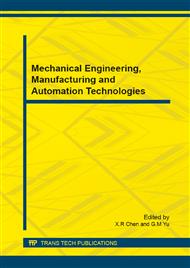p.56
p.60
p.64
p.71
p.76
p.80
p.84
p.89
p.93
Simulation Study of Jet Formation and Depth of Penetration against Steel Targets at Different Cone Angles Using Autodyn-2D Hydrocode
Abstract:
Jets obtained from shaped charge at different cone angle are simulated using Euler solver in Autodyn-2D Hydrocode against a 56mm-diameter of the charge. An OFHC copper liner of thickness 0.8mm and 54 mm-diameters is used for jet formation analysis. Point detonation method is used for Charge ignition. The simulation results are presented at 30 micro-second after initiation. Energy behavior is predicted at different obliquities. Numerical simulations are compared with the existing experimental results for liner angle 60. The depth of penetration and volume of the crater produced is measured. It is observed that simulation results are in good agreement with the experimental results. Flash X-ray Radiography was used for image capturing. It is observed that kinetic energy of the jet decreases as angle increases, also total energy of the explosive increases and hence the Ratio of the K.E of the jet to the total energy of the explosive decreases as the angle increases. The volume of the crater produced in steel at 65° has the highest value among the jets considered, so it can be used in oil well perforation also.
Info:
Periodical:
Pages:
76-79
Citation:
Online since:
December 2014
Authors:
Keywords:
Price:
Сopyright:
© 2015 Trans Tech Publications Ltd. All Rights Reserved
Share:
Citation:


